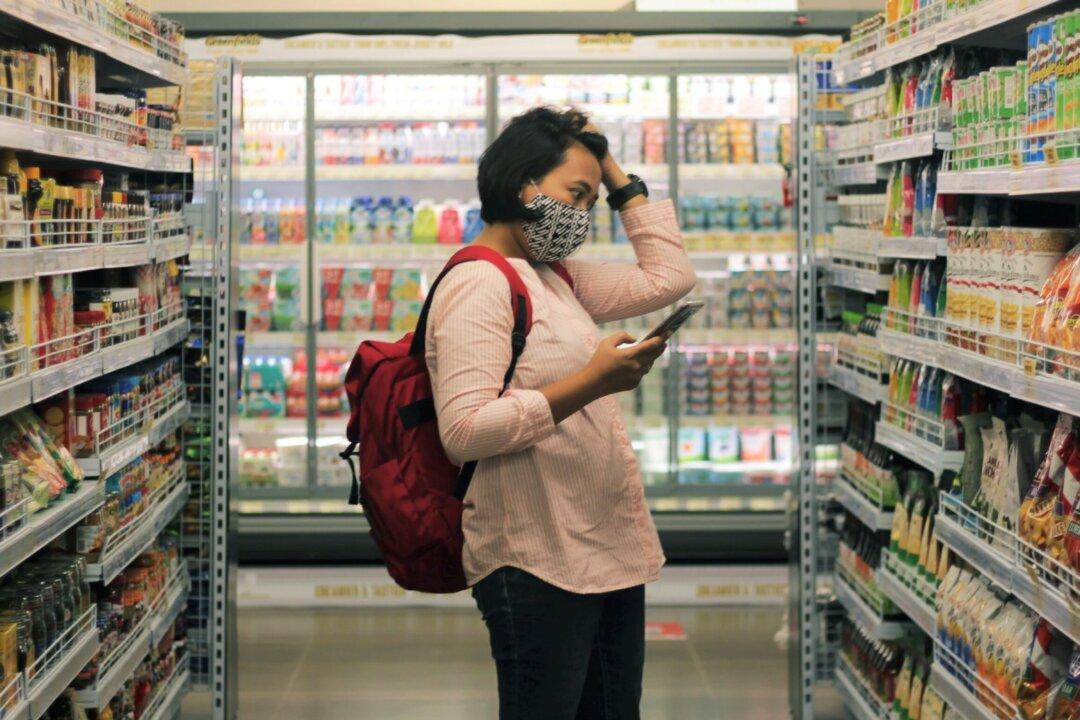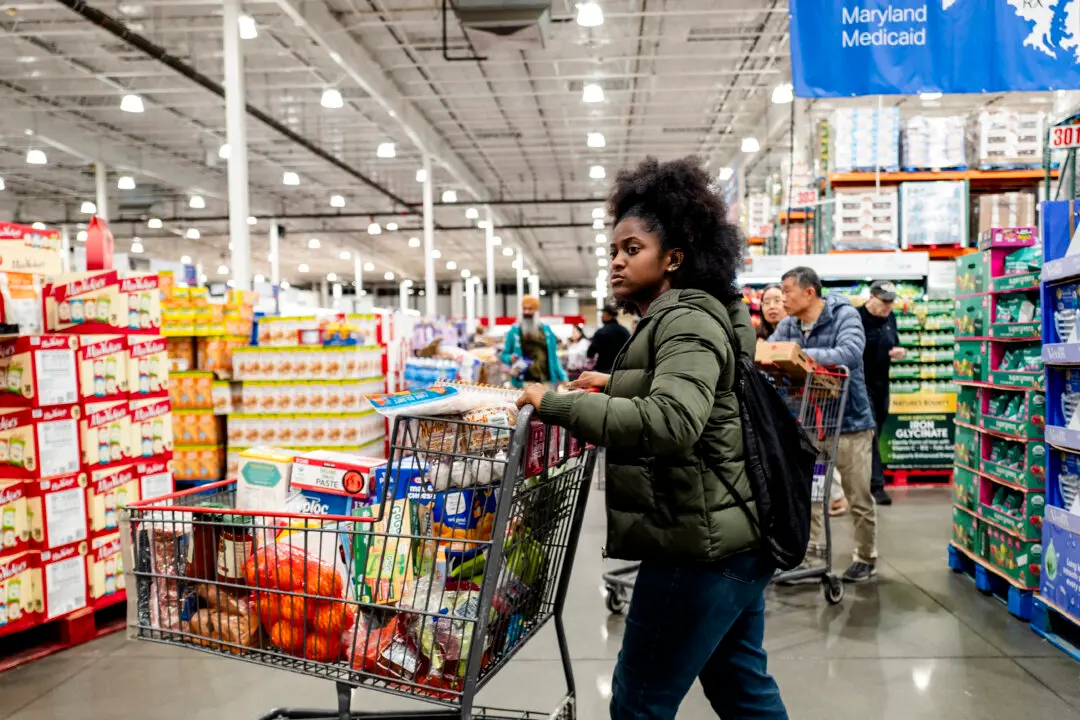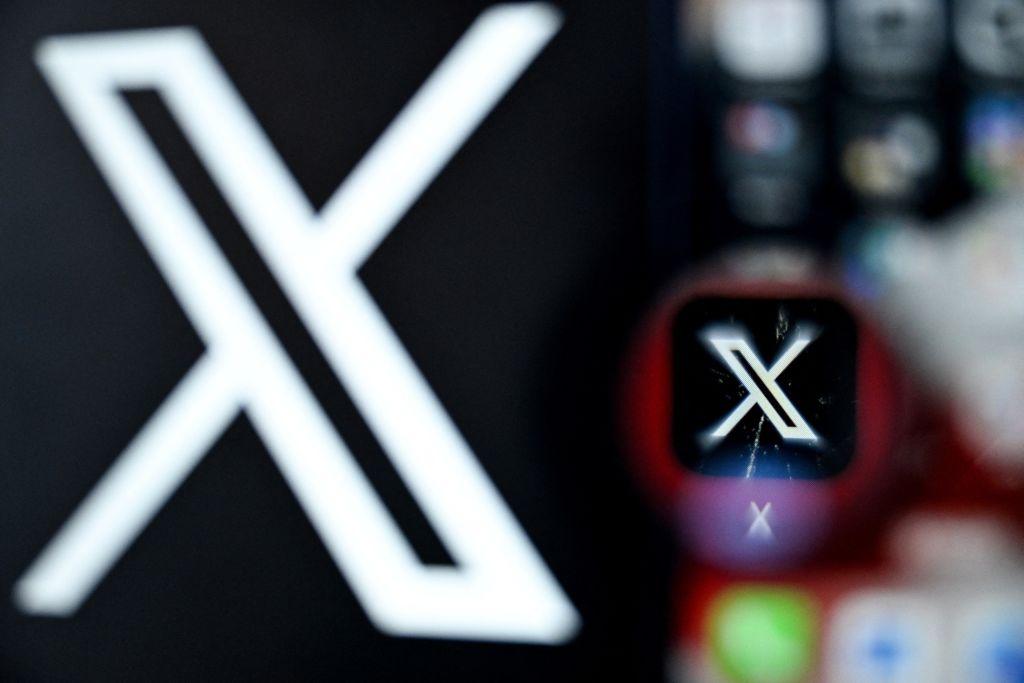U.S. consumers are feeling the effects of inflation, which is broad based and at a 40-year high, and are now responding to surging prices by saving less, using credit more, and modifying their lifestyle choices, new data show.
According to the Bureau of Economic Analysis, the household savings rate tumbled to 5.1 percent in June, down from 5.4 percent in May. This was the lowest level since August 2009, when it was 4.9 percent.





